- Best Seller
“Simple travel outdoor portable tea set” has been added to your cart. View cart
- Tea Type
- Tea Ware
- Tea Pet & Garniture
- Mood & Health
- Gift Set
- Shop All
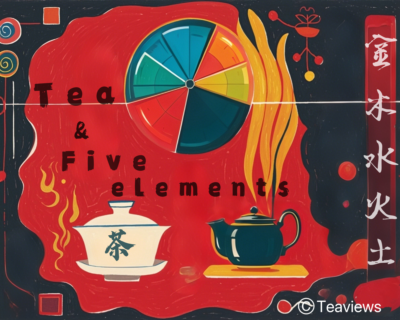
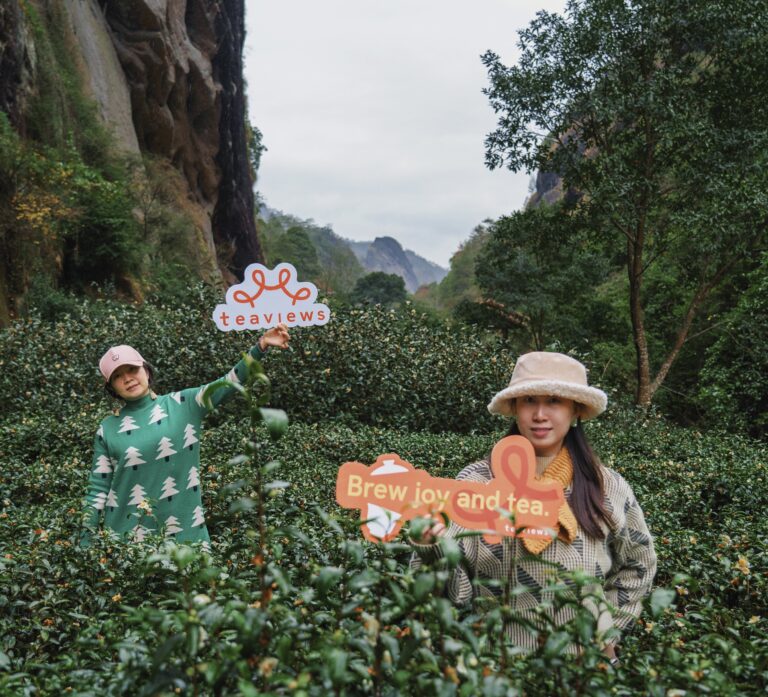
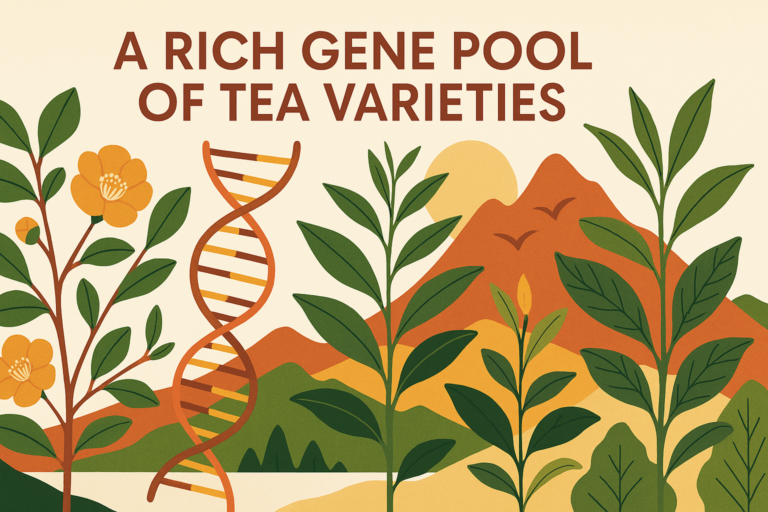


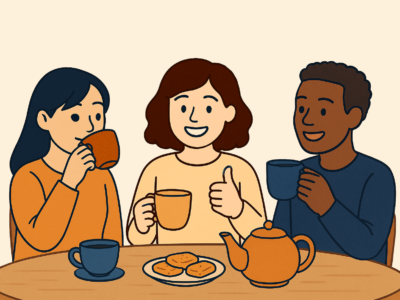

Something exciting is brewing!
Stay tuned for upcoming deals, and subscribe to be the first to know about exclusive offers on tea and teaware.
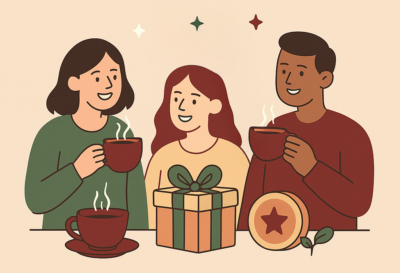
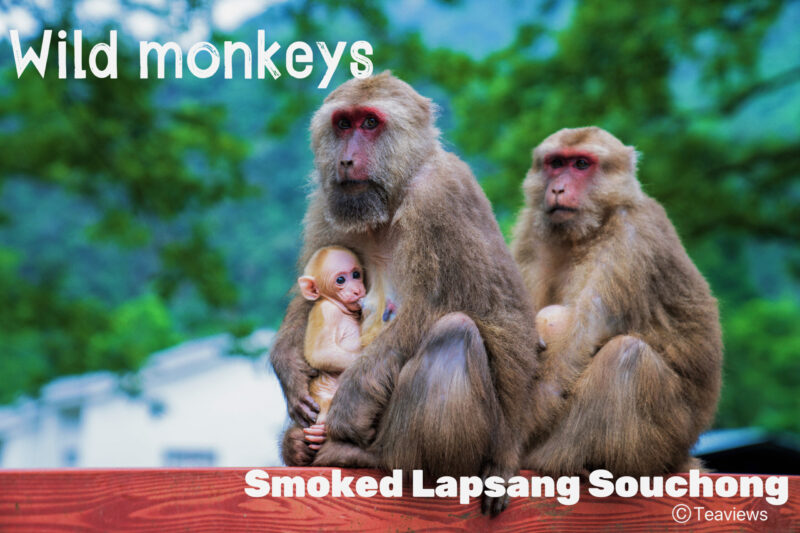
by Charlotte Yao
If there’s a place in China that perfectly matches everyone’s fantasies of wuxia novels, it’s undoubtedly Wuyi Mountain in Fujian. The landscape here, like a sumptuous Chinese ink – wash painting, and the diverse cast of characters criss – crossing paths could inspire the most enthralling tales. And if there’s a place where one might just gasp at the possibility of encountering immortals, it has to be Tongmu Village, a hidden gem nestled deep within the mountains.
The history of Tongmu black tea dates back to 1568 AD, the second year of the Longqing reign in the Ming Dynasty. Legend has it that a troop of soldiers passed through Tongmu Pass on their way to Fujian and lodged in the local tea – processing *“qinglou.” The tea farmers fled to the mountains. After the soldiers left, they found their pre – rolled, baking – ready tea had fermented and turned red. In a panic, they dried the tea with local Masson pine. The resulting product, black in color and infused with a pine – smoke aroma, was shunned by locals. Left with no choice, the farmers sold it cheaply at Xingcun tea market, hundreds of miles away. Surprisingly, tea merchants came the next year, offering high prices. Thus, the world’s earliest black tea was born. In 1604 AD, Dutch merchants introduced Lapsang Souchong to Europe. The tea soon conquered Europe and America. As the black – tea trade boomed, to distinguish it from other black teas, tea producers named it “Lapsang Souchong.” As *The Classic of Chinese Tea* records, “Only tea from within Tongmu can be called Zhengshan (authentic mountain).” “Xiaozhong” (small species) refers to the small – leaf, sexually propagated tea trees exclusive to Tongmu Guan.
Why is Tongmu’s Lapsang Souchong so precious?
“Only black tea made from the raw materials of tea trees within Tongmu Village and its surrounding 5 kilometers can be called ‘Lapsang Souchong’,” said Wen Changjing, the founder of the Wuyuepin brand. “Our Tongmu Village has a total mountain forest area of 210 square kilometers, but with a population of just 2,205 people. It’s divided into 12 villager groups and 33 natural villages. Scattered within the Tongmu Grand Canyon fault zone, which stretches 35 kilometers from north to south and 25 kilometers from east to west, the village has an average altitude of 800 meters. Dominated by mountainous forest areas, all the tea trees grow scattered and mainly in a natural state, resulting in variations in the growth rate and size of the tea leaves. The steep mountain terrain makes machine picking impossible, so workers have to be hired for manual picking, driving up labor costs and significantly increasing the cost of the tea. Moreover, as the tea pickers age, fewer and fewer people will be available for tea picking in the future.”
Wen Changjing’s home is located in Longdu Village, one of the twelve villages. Currently, she is a member of the Tongmu Tea Professional Cooperative and also runs her own tea production, processing business as well as a homestay. “Our family has been engaged in tea-making for generations. My great-grandfather was a tea farmer. In the beginning, they kneaded the tea leaves entirely by hand, lacking any advanced equipment and relying on simple tools for tea production. After making the tea, they sold it to the old shops. By the time it came to my turn to make tea, mechanization and semi-automatic production methods were introduced, such as withering troughs, rolling machines, and dryers. Our family mainly produced traditional smoked Lapsang Souchong in the past. However, in response to market demands, we developed a smokeless version of Lapsang Souchong. Since our ancestors were all tea-makers, the children in our family have been helping their fathers and learning tea-making skills during the tea-making season since they were six or seven years old. We would always come back to lend a hand during each tea-making season.”
As the fourth-generation inheritor of Lapsang Souchong, when Wen Changjing took over the tea-making business, she hoped to spread the story of her family and black tea far and wide. Thus, in 2022, she registered the brand name “Wuyuepin”. “The name Wuyuepin has been used by my family for a long time. The original intention behind creating the ‘Wuyuepin’ brand is simple. ‘Wu’ represents me; ‘Yue’ means happiness and joy; ‘Pin’ means tea tasting and drinking. I hope that tea drinking can be a delightful experience, and everyone can enjoy tea together, forgetting all the troubles and distractions.”
Wen Changjing has three main tea plantations in Tongmu Village. First is the sunny mountain area with long hours of sunlight, at an altitude of about 600 meters. Second, there is the wild tea garden surrounded by bamboo groves and rocks, situated at an altitude of around 800 meters. Third, the high-altitude region, with an altitude of 1,200 meters, features abundant rainfall, persistent clouds and mist throughout the year, numerous rocks, and soil rich in organic matter. “The tea trees grow in such a superior natural environment, absorbing the essence of heaven and earth, and giving birth to a unique aroma and taste. The tea leaves are emerald green in color, the tea soup is clear and bright, the aroma is rich and long-lasting, and the taste is mellow with a sweet aftertaste,” Wen Changjing said, speaking of her tea plantations with great familiarity.
“My favorite is the black tea made from our century-old Cong tea trees. It not only has all the advantages of our tea but also has a more intriguing story. These old Cong tea trees are wild tea in the Tongmu Village tea plantation and have grown naturally for about a century. The old Cong tea trees are highly resistant to harsh climates, with strong abilities to withstand cold, drought, and frost. Their root systems are well-developed, allowing them to absorb more underground minerals and giving them ample energy. Moreover, the old Cong tea trees are only picked once a year. All the nutrients are transported from the roots to the buds and leaves. With a long growth cycle and less picking and processing, the tea made from these old Cong tea trees is rich in internal substances, commonly known as ‘there’s something in the tea soup’. And this’something’ is actually the inherent substances of the old trees themselves, which are transformed into the tea soup. It manifests as a ‘woody aroma’, which must be the flavor of the tea tree growing together with time, a gift from nature.”
However, the more peculiar the location of the tea plantation, the tougher it is to manage. Wen Changjing’s tea mountains are scattered far and wide, yet she has consistently adhered to the ecological management of the tea garden, eschewing chemical fertilizers and pesticides. As the tea trees age, the nutrient supply in their growing areas has become severely insufficient, and the original fallen leaves can no longer sustain their growth. Wen Changjing and her family have thus created natural green manure in the tea mountains, planting Camellia oleifera, Chinese milk vetch, alfalfa, and vetch in the tea fields. The green manure can activate and absorb potassium, and leguminous green manure can also fix nitrogen. Meanwhile, a large quantity of organic matter is returned to the tea garden, thereby providing abundant nutrients and effectively boosting the tea yield. They persist in manual weeding, avoiding the use of herbicides. July and August are the hottest months of the year, but during that period, there are few weeding workers, and the labor cost is exorbitantly high, which drives up the management cost.
“We’ve always believed that ‘tea is something you consume, so it has to be clean and healthy.’ We won’t do any flashy or deceptive things just to sell tea. Instead, we strive to be honest people. That’s why, whether it was in the past or now when we make tea, our family insists that the tea never touches the ground. Once the tea leaves are picked, we immediately pour them into the withering trough at home for dehydration and the withering process.” Wen Changjing’s home faces the water with mountains at its back. Through the window, she can witness the changing seasons of Tongmu. In spring, Tongmu Pass is a sea of flowing green. The bamboo forest surges, ferns spread rampantly, and ancient tea trees coexist with Chinese yews and Chinese hemlocks in the mountains rich in humus. In autumn, it transforms into a colorful tapestry. The maple and beech trees blaze like fire, and wild fruits, pecked at by birds, hang on the tea tree branches. When the wind blows, pine needles and the aroma of tea rustle into the streams. On the covered bridge, a rather bold monkey mother is leading her monkey babies to stop the villagers and beg for food.
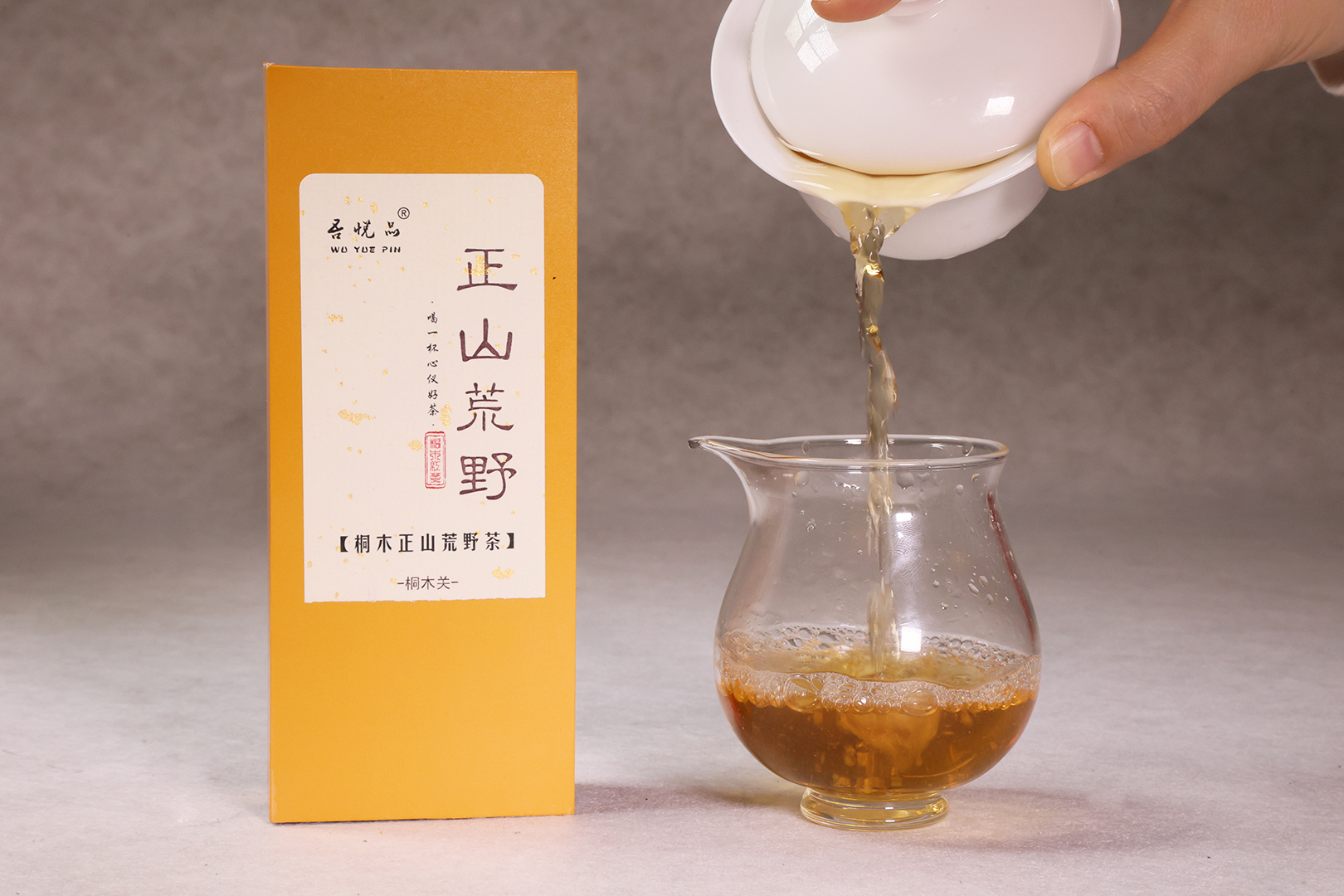
In Tongmu Village, those stilt houses with green tiles and blackened wooden walls are revered by tea folks as “qinglou”(green house). Far from being places of vice, they are the sacred shrines of the smoking process for Lapsang Souchong. The building has three floors. On the ground floor, century-old Masson pine is burned. As the pine resin drips into the fire, it crackles and bursts into star-like sparks. On the middle floor, bamboo mats are arranged, where the tea leaves quietly absorb the pine smoke. On the top floor, the dried tea is stored, and the lingering heat slowly seeps the pine fragrance into the very essence of the tea. During the tea-making season, the “qinglou” hosts an ancient and grand ceremony, condensing the soul of Chinese tea into a poetic scene filled with the aroma of smoke and fire.
“During the tea-picking and tea-making seasons, every household is in a flurry of activity. At night, lights shine brightly everywhere. The tea masters are busy crafting tea, the pickers are busy plucking the leaves, and the women in the family are busy cooking for the workers and handling other chores,” Wen Changjing said with a smile. “Our tea-making season lasts around 60 days, usually starting in early April and wrapping up at the end of June each year. We often joke that compared with rock tea production, our tea factory starts earlier and finishes later, but we get to enjoy the first spring tea earlier.”
Around the first rain of the Qingming Festival, the villagers start picking the single-bud Jin Junmei in the mountains. Around the Grain Rain in April, the mountain dwellers pick the “one bud and two leaves” (小赤甘) in the morning dew. After the Beginning of Summer, they begin to pick “one bud and three leaves” to make smoked Lapsang Souchong. Making tea on schedule and according to the weather is a long-held pact between generations and nature. The tea leaves wither on bamboo trays, gradually losing their emerald green luster like jade losing its sheen. At night, pine firewood is lit in the stove of the “qinglou”. The tea farmers, relying on their experience, control the fire—if it’s too fierce, the smoke will be harsh; if it’s too gentle, the aroma will be faint. In the swirling smoke, the tea leaves mingle with the pine fragrance for seven days, until the dark, glossy tea strips are dusted with amber-colored fuzz, and the sweet scent of longan wafts out from the wooden window lattice into the starry night sky.
For the traditional smoking process, the tea must soak up three rounds of smoke in the “qinglou”, and it has to be Masson pine. In the first round, during withering, the fresh leaves absorb the smoke as the pine smoke is drawn into the leaves through the nutrient transport in the tea stalks and seeps deep within. In the second round, during drying, the tea takes in more smoke, allowing the pine fragrance to fully permeate. In the third round, during re-roasting, another bout of smoke makes the pine fragrance blend even more harmoniously with the tea. Due to the control of pine wood in the nature reserve in the past two years, the Lapsang Souchong that can fully preserve the traditional process has become even more precious. Only with top-notch raw materials, excellent pine wood, superb craftsmanship, and proper storage can a truly authentic cup of Lapsang Souchong be created.
Now, there are only about a dozen traditional “qinglou” remaining in Tongmu Village. The old tea masters say, “The pine smoke aroma is the very soul of Tongmu Guan. One sip of the tea smoked in the ‘qinglou’ and you can envision the misty expanse of Wuyi Mountain.”
·In 1610, Dutch merchants shipped the traditional-process Lapsang Souchong black tea to Europe, and it first entered the UK in 1640.
·It truly gained fame in the UK in 1662 when Princess Catherine of Portugal married King Charles II and brought several boxes of Lapsang Souchong as part of her dowry. Since then, drinking Wuyi black tea has become a staple of the royal family’s life.
· Later, Queen Anne advocated replacing wine with tea, introducing black tea to the upper class.
· The traditional-process Lapsang Souchong then became a hit among the British elite, becoming wildly popular in the British royal family and giving rise to the “afternoon tea” tradition that endures to this day.
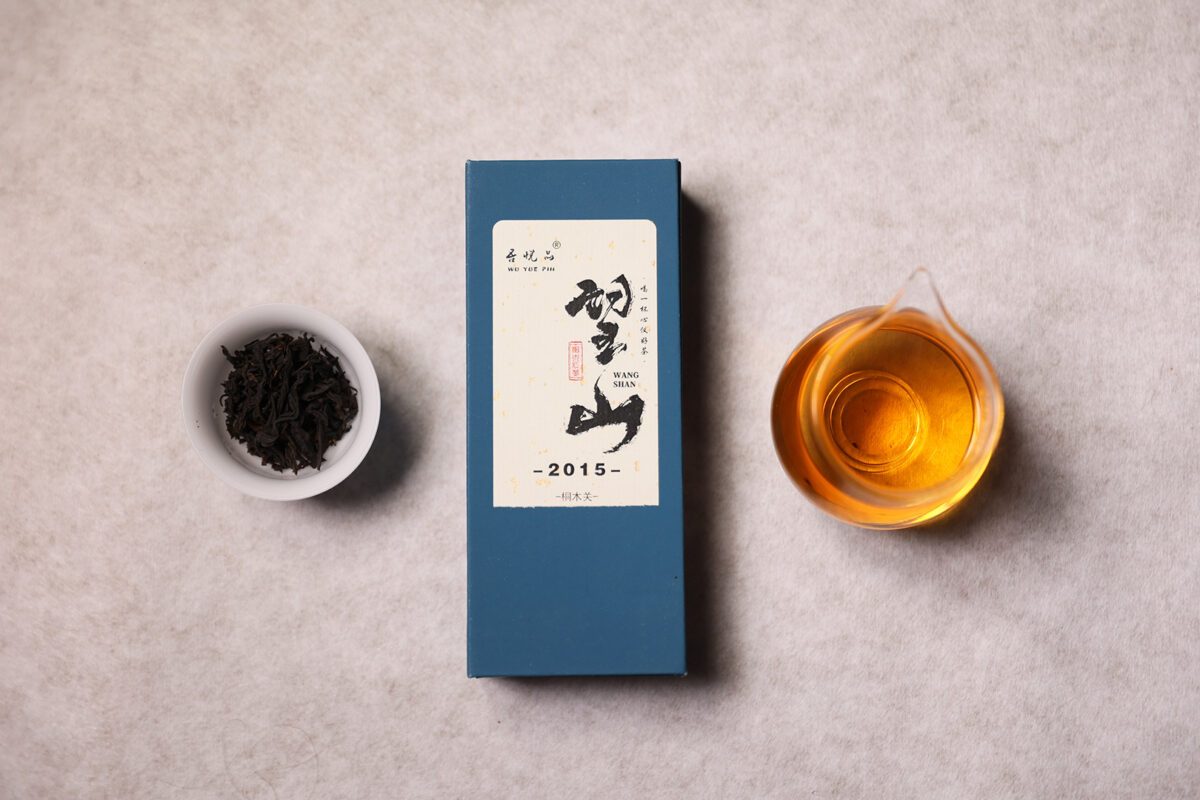
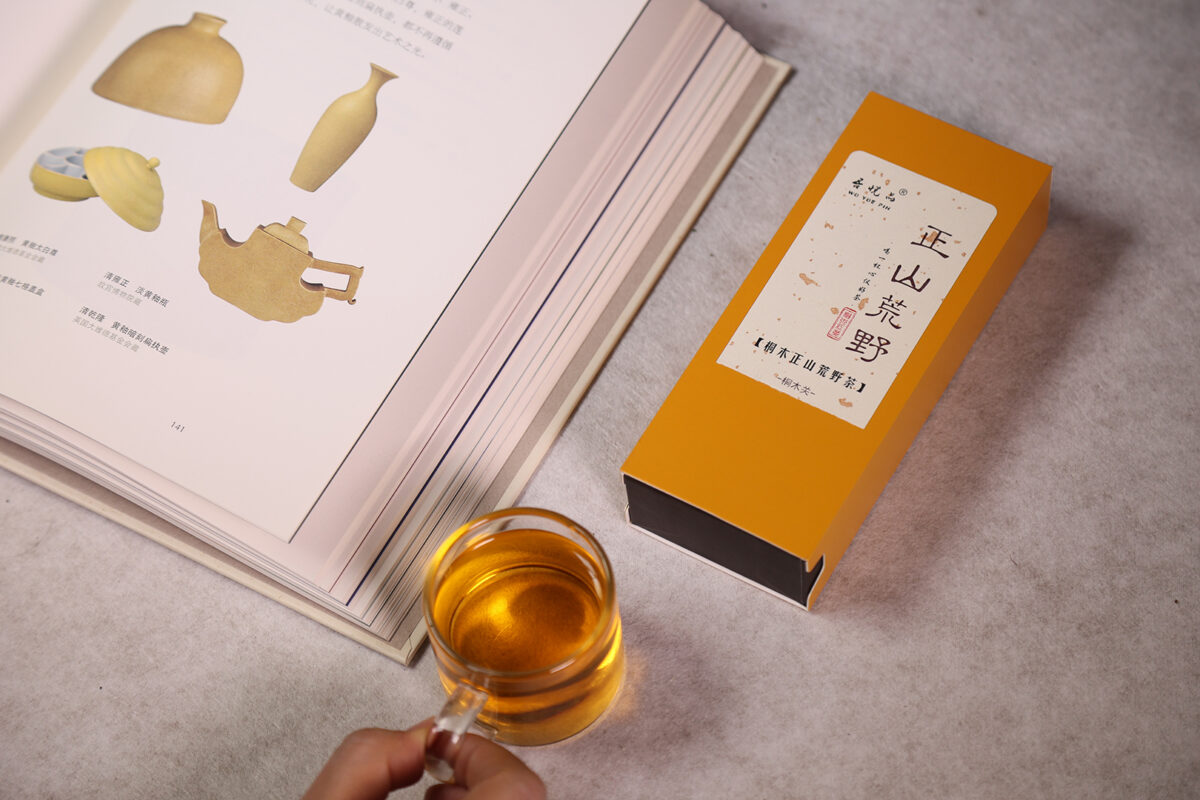
“I’ve always regarded tea-making as an art that requires just the right timing, neither too early nor too late,” said Wen Changjing, a simple and sincere tea-maker. She adores every type of tea she makes. “Our traditional smoked Lapsang Souchong is a one-of-a-kind tea that can’t be replicated, leaving a lasting impression. The traditional smoked Lapsang Souchong has the characteristics of an ‘amber-colored tea soup, pine smoke aroma, and longan flavor’. In appearance, the Lapsang Souchong tea strips are plump, weighty, and lustrous. After brewing, it exudes a strong and fragrant aroma, the tea soup is a deep red with a pine smoke scent, and the taste is mellow with a longan undertone.” Besides the smoked Lapsang Souchong, the handcrafted Lapsang Souchong, the floral-scented Lapsang Souchong made by Wen Changjing, and the uniquely developed Camellia black tea all have their own distinct personalities. If she were a writer, singing the praises of her hometown would surely be a recurring theme in her works. “No matter which of my teas you choose, you can definitely taste the authentic flavor of Tongmu. The craftsmanship passed down in our family aims to showcase the beauty and spirit of Tongmu Pass in the floral and fruity fragrance and the long-lasting aftertaste. We savor the essence of the wind, dew, rain, and freshness of the four seasons in every cup.”
Due to work, Wen Changjing often drives back and forth between the village and the city. Every time she’s on the winding mountain road back to Tongmu Village, she lets out a long sigh of relief. Firstly, the oxygen here is abundant, allowing her to fully relax both physically and mentally. Secondly, she feels that this winding mountain road home is like a warm, long embrace. Even when the mountains are hushed in the twilight, she can still feel the comfort that’s unique to her loved ones. “I believe that tea drinking and tea-making can shape a person’s character and mood. In this bustling and impetuous world, they help people escape the busyness of life and find inner peace,” Wen Changjing said. “Handmade tea is the painstaking creation of every tea master, crafted with their heart and soul. The rich layers of flavor that ebb and flow can’t be replicated by machines, and this is the principle I hold dear in tea-making.”
In Tongmu, tea-making is more than just a skill; it’s a pilgrimage to nature for every generation of villagers. This sense of awe is the answer to what makes Lapsang Souchong truly “authentic”.

Notes:
Jin Junmei is a type of black tea developed in 2005. Its processing technology follows the traditional manufacturing process of Lapsang Souchong, with a small amount of smoking and a relatively short fermentation time. However, Jin Junmei only uses the tender buds that have just sprouted on the tea tree. As a result, the tea soup is golden in color, refreshing and sweet.
Smoked Lapsang Souchong has a strong pine smoke aroma, while the smokeless Lapsang Souchong is fresh, sweet and mellow. Both of them reflect the environmental characteristics of Tongmu. There is no superiority or inferiority between them, only differences in taste.
-Check the Origin: Black tea produced outside Tongmu Guan can only be called “Waishan Xiaozhong” (Lapsang Souchong from other mountains).
-Test the Tea Soup: The genuine product has a high resistance to multiple infusions (it still has a lingering aroma after more than 8 infusions), while the fake tea becomes insipid after 3 infusions.
- Identify the Aroma: Whether smoked or not, the black tea produced in Tongmu has a soft and elegant aroma, and it will not be irritating to the nasal cavity or taste.
Differences between Lapsang Souchong, Dianhong and Keemun Black Tea:
|
Variety |
Tea Tree Species |
Processing Technology | Taste |
|---|---|---|---|
| Lapsang Souchong |
Sexually propagated, variegated species |
9 processes |
Longan flavor, pine flavor, honey flavor |
| Dianhong | Large-leaf tea tree species | 5 processes | Strong taste |
| Keemun Black Tea | Small-leaf tea tree species |
17 processes |
Rose aroma, fruity aroma |
Like this? Do you want to learn more professional knowledge about Chinese tea? Please subscribe to us via email. You’ll be the next tea expert! ☕
You must be logged in to post a comment.
Seasonal Bloom: Grab your teas before they’re gone!
I like Lapsang Souchong, but I’ve never known about Tongmu before. It seems to be a really mysterious and wonderful place. And the monkeys there are so cute. 💕